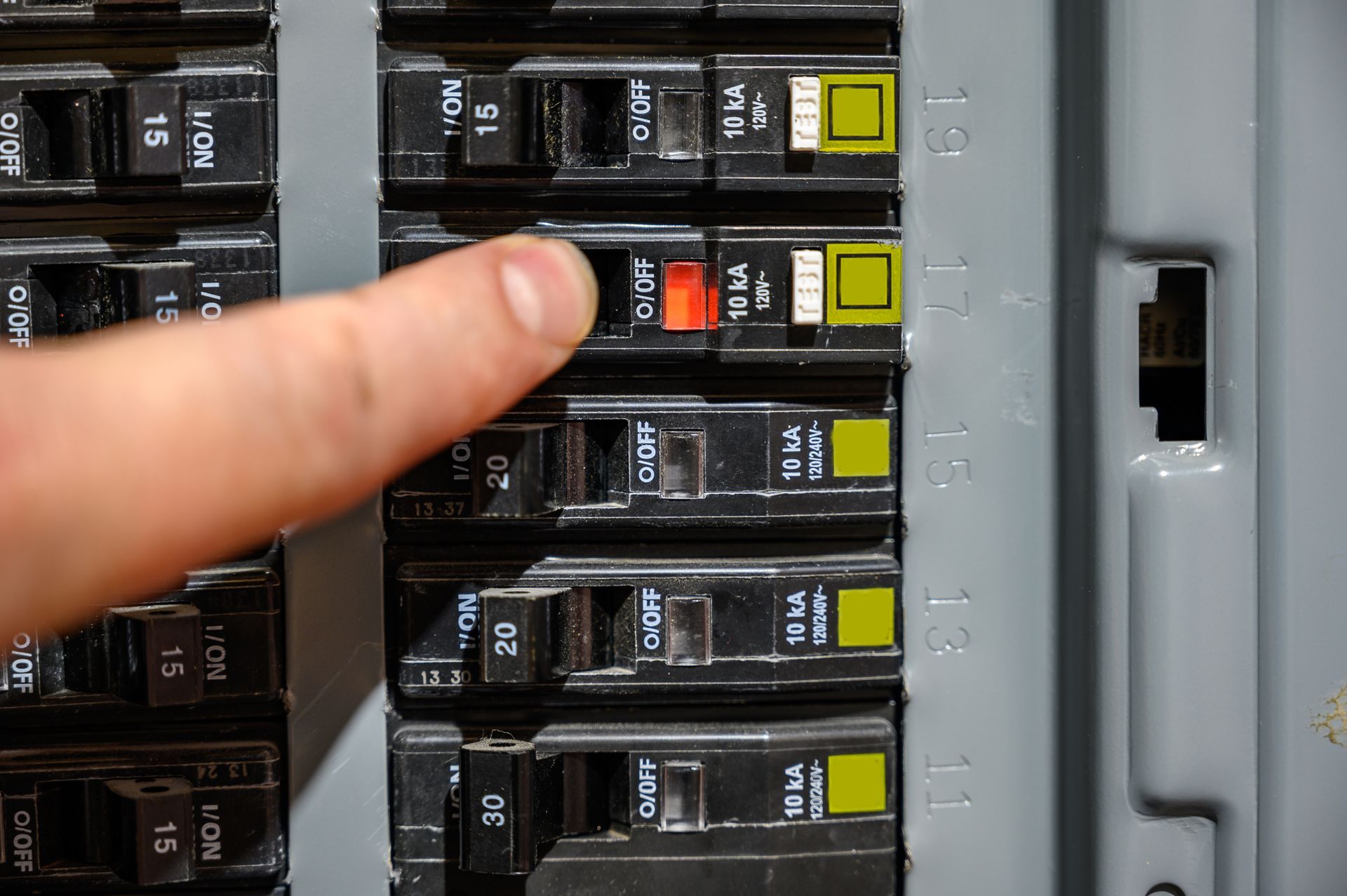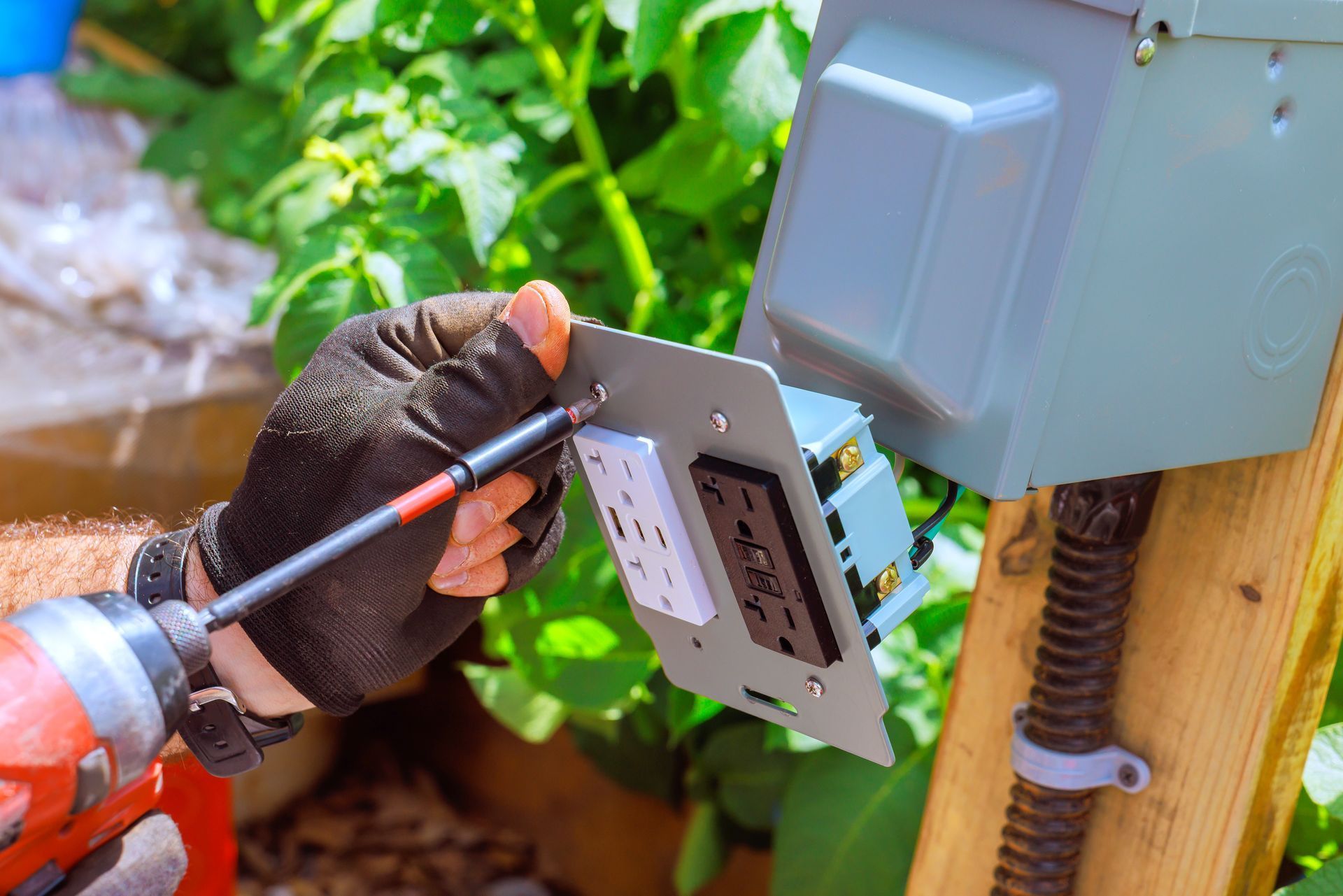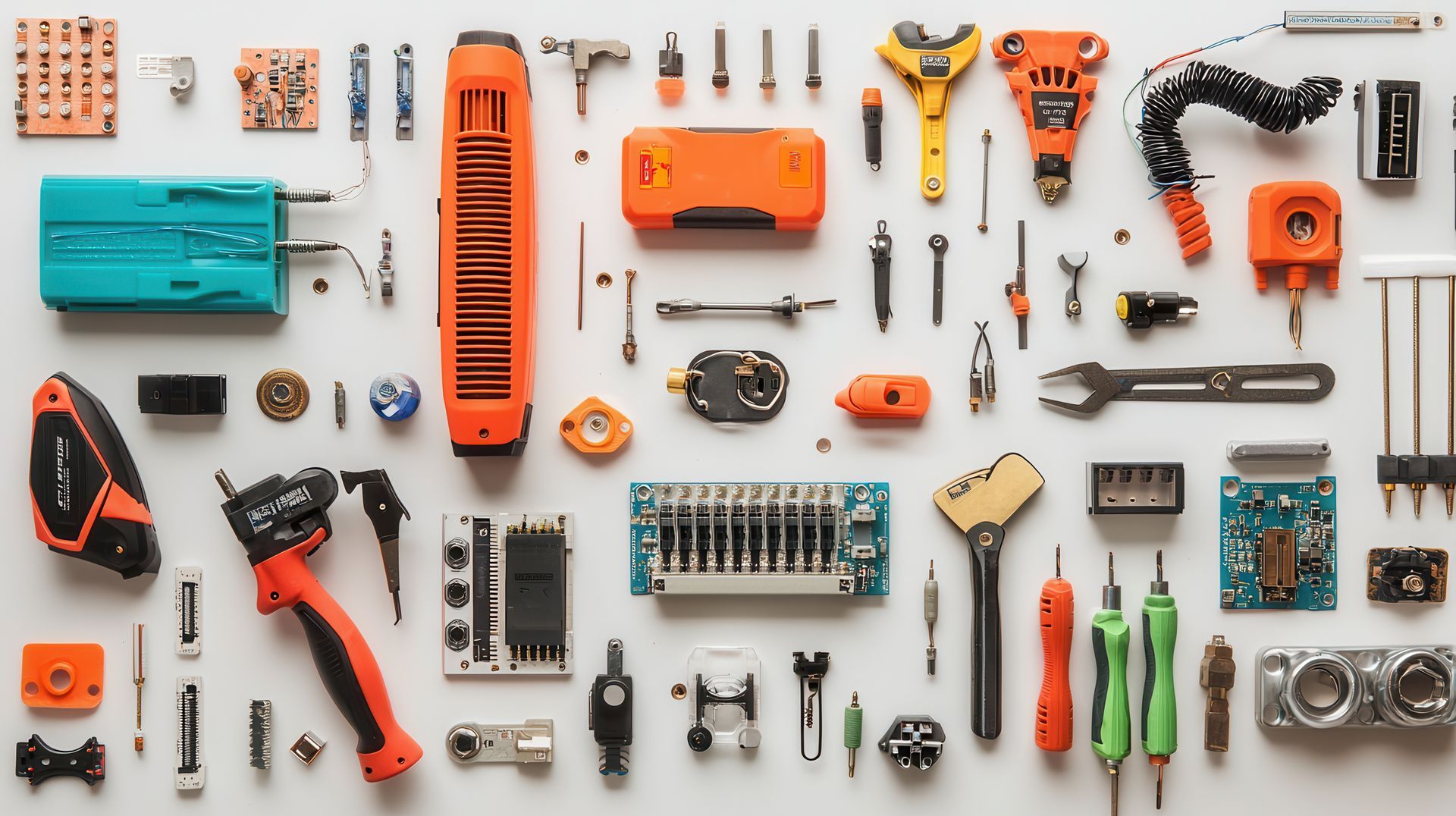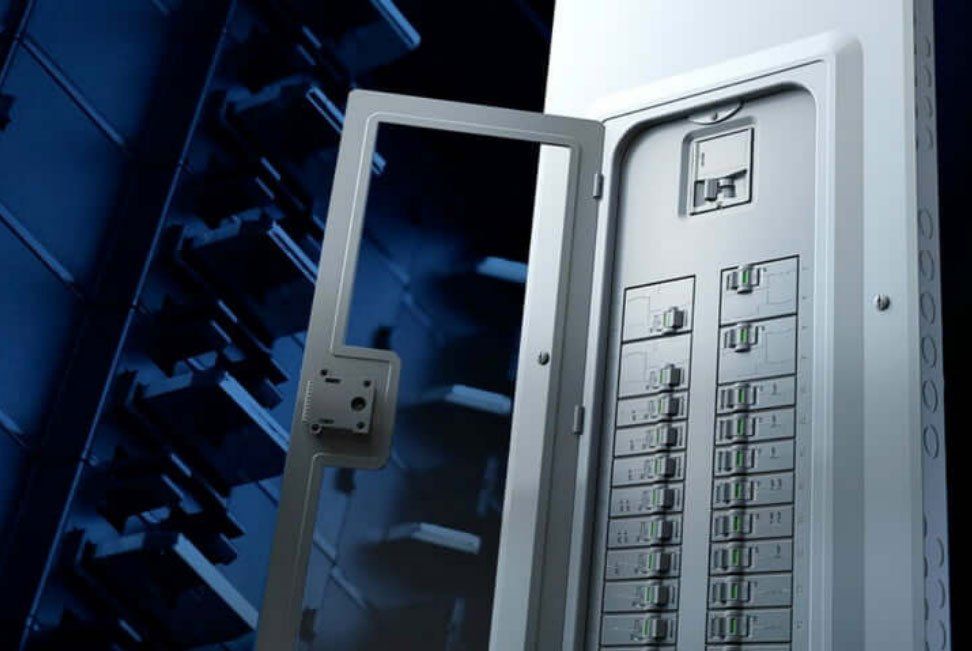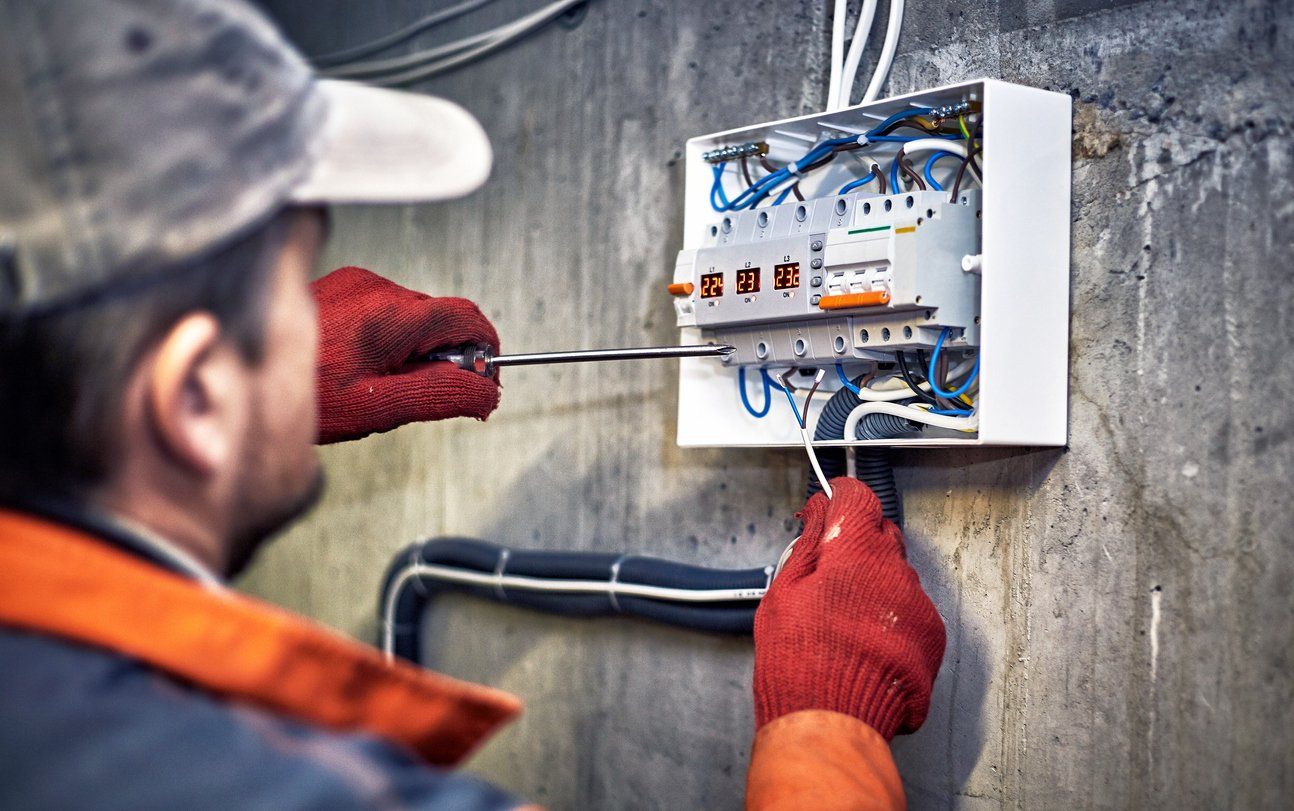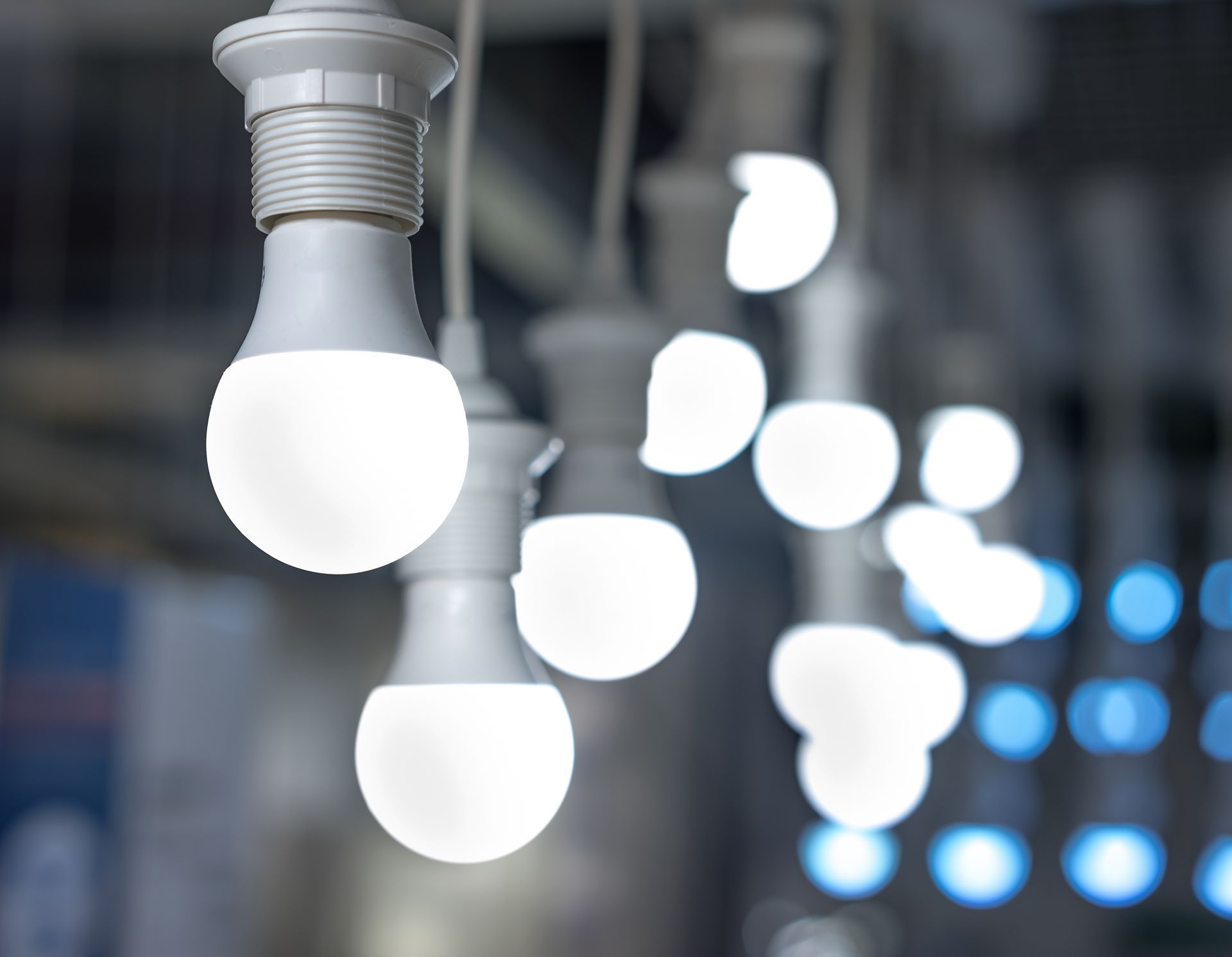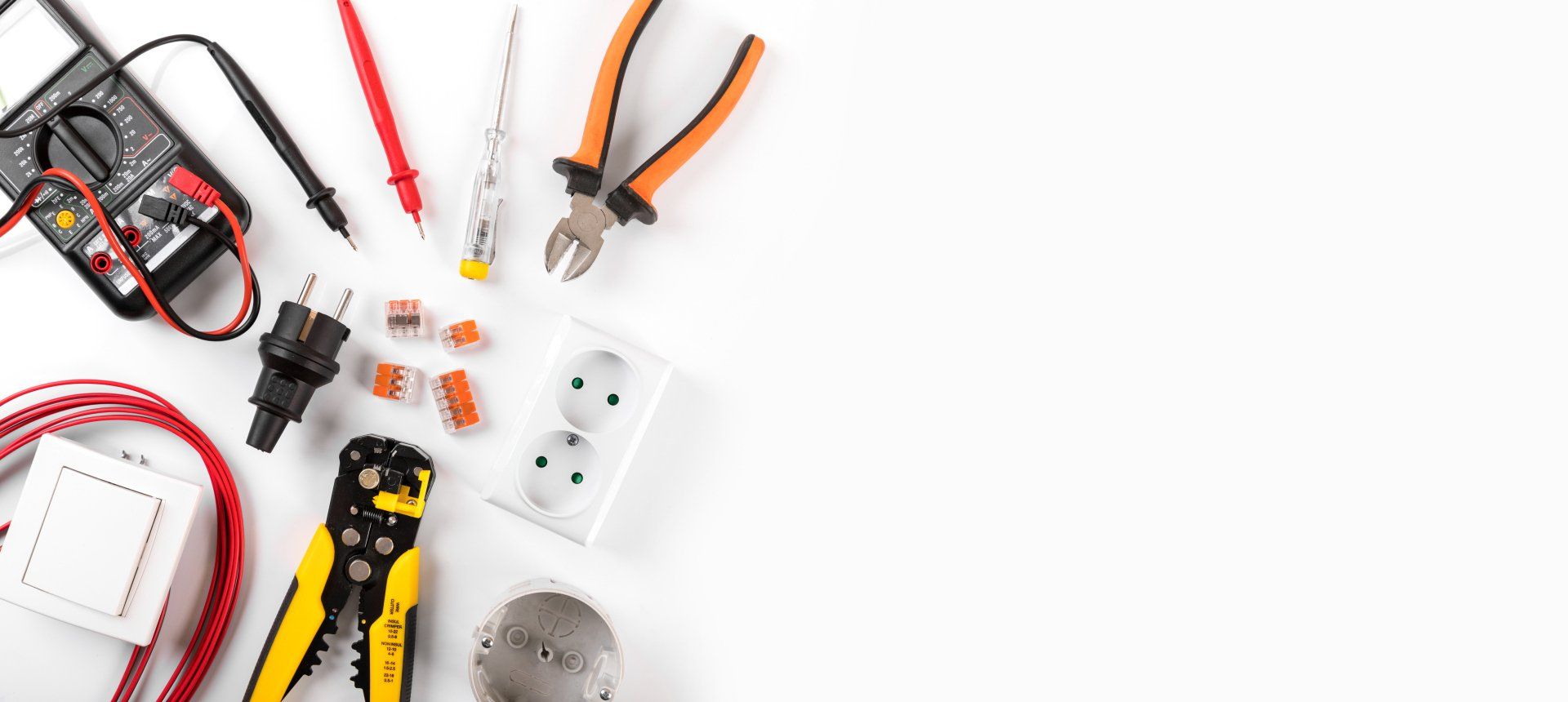How Smart Home Automation Impacts Your Electrical System
Smart home technology has quickly evolved from a luxury to a mainstream feature in modern homes. Voice-controlled lighting, app-based security systems, smart thermostats, and connected appliances are now commonplace—and they’re only growing more advanced. For homeowners across North Central Texas, embracing these technologies means greater convenience, energy efficiency, and security. But what many don’t realize is that these connected systems place unique and increasing demands on your home’s electrical infrastructure.
If your home’s electrical system wasn’t designed with these technologies in mind, you could be risking not just inefficiency, but safety. Here’s a detailed look at how smart home devices impact your electrical system—and the critical steps you can take to ensure your home is ready for the future.
1. The Hidden Power Demand of Smart Devices
Smart home gadgets are often marketed as energy-efficient, and many of them are. But even efficient devices can add up when you start to install dozens of them. Think of everything that’s now “always on”: your Wi-Fi router, smart speaker hubs, security cameras, motion sensors, lighting controls, garage door controllers, and more.
Each of these systems may draw only a small amount of power on its own, but together, they represent a significant cumulative load—especially when running 24/7. Homes built before the widespread adoption of this technology often lack the capacity to support it. If your circuit breaker is outdated or overloaded, you may start seeing the effects: frequent breaker trips, dimming lights, or outlets that no longer work.
This is where an electrical panel upgrade or breaker box replacement becomes essential. A modern breaker box can distribute power more efficiently, minimize overload risks, and future-proof your home for even more smart tech to come.
2. Why Older Wiring Systems Are a Liability
Many homes in North Central Texas, especially those built before the 1990s, still rely on outdated wiring systems that were never meant to handle today’s electrical loads. These systems often lack the grounding and capacity required to run advanced electronics safely.
When smart home devices are connected to circuits with aging or undersized wiring, they may experience performance issues—or worse, your home could be at risk of electrical fires due to overheating and arcing. Outdated fuse boxes are especially vulnerable and may even violate current building codes.
Upgrading your home’s wiring and installing a properly sized, modern breaker box ensures that your electrical system can deliver consistent, safe power to all your devices. It’s not just a safety upgrade—it’s a functional necessity in the smart home era.
3. Smart Devices Need Smarter Protection
While your electrical system may appear to be running fine, it could be one lightning strike or power surge away from disaster. Smart home electronics—especially connected HVAC systems, TVs, and kitchen appliances—are sensitive to voltage fluctuations.
Installing a whole-home surge protector is one of the smartest investments you can make. Unlike individual surge strips, these devices are mounted at your main panel and protect your entire system. They regulate incoming voltage and help safeguard your expensive devices from transient surges caused by storms, power grid fluctuations, or even appliances cycling on and off.
An experienced electrician can also ensure your breaker box includes surge-compatible circuit breakers, giving you layered protection and peace of mind.
4. Unlocking the Full Potential of Energy Monitoring
One of the greatest benefits of smart home living is the ability to monitor and manage your energy usage in real time. Smart panels, outlets, and appliances can give you granular data about where your energy is going and how to reduce waste.
But these features only work as well as your electrical system allows. If your breaker box is outdated, it may not support the necessary integrations, resulting in unreliable data or even system failures. A modern panel can include built-in energy monitoring or easily integrate with third-party platforms, helping you track consumption and optimize performance.
In the long run, this can lead to measurable savings on your utility bills—and a more sustainable home overall.
5. Don’t Let an Outdated Breaker Box Hold You Back
Your breaker box is essentially the brain of your home’s electrical system. It governs the flow of electricity to every outlet, appliance, and smart device. If it’s not equipped to handle today’s demands, it won’t just be an inconvenience—it could become a serious hazard.
Common signs that your breaker box may need replacement include:
- Tripping breakers even under normal use
- Buzzing sounds or burning smells from the panel
- Lack of available circuits for new devices
- Visible rust, damage, or heat discoloration
A professional assessment by a licensed electrician can determine whether a breaker box upgrade or full replacement is the best solution. This not only improves reliability but sets your home up to safely adopt future smart technologies like battery storage, EV chargers, or solar panels.
Ready to Future-Proof Your Home?
The convenience of a smart home should never come at the cost of safety or reliability. If you're adding more smart devices, experiencing flickering lights, or relying on an aging electrical panel, it’s time to bring your system up to modern standards.
We specialize in breaker box upgrades, wiring improvements, surge protection, and full electrical installations tailored to support today’s connected homes. Serving homeowners throughout North Central Texas, we’re here to make sure your home is as smart on the inside as it looks on the outside.
Contact us today to schedule an in-home assessment. Let’s make your home smarter—and safer—starting with a solid electrical foundation.



